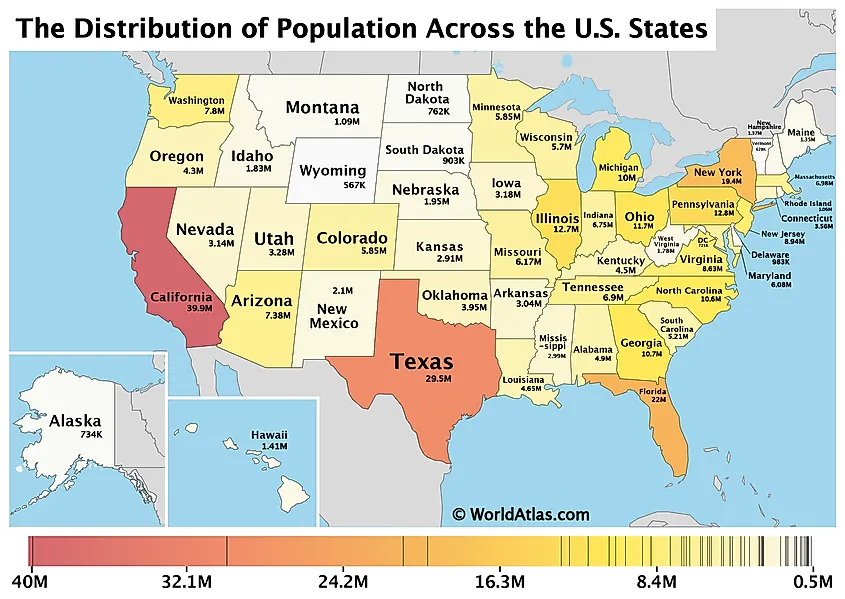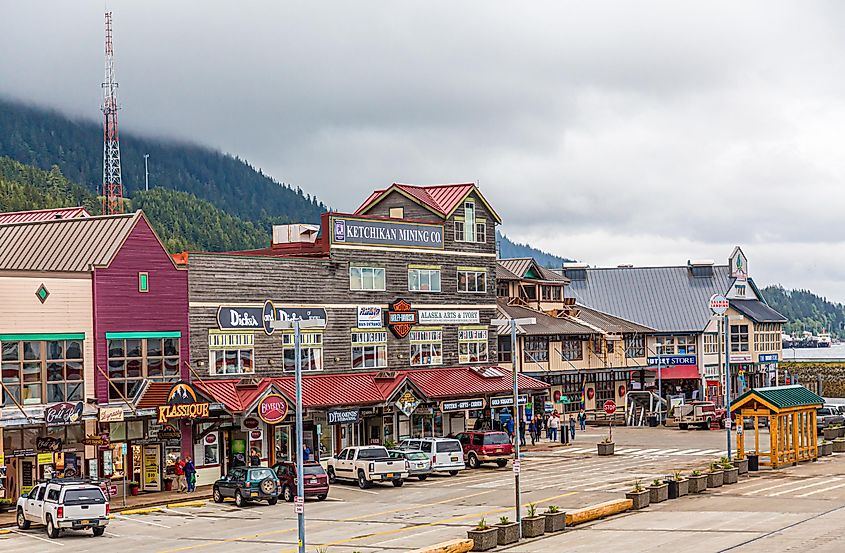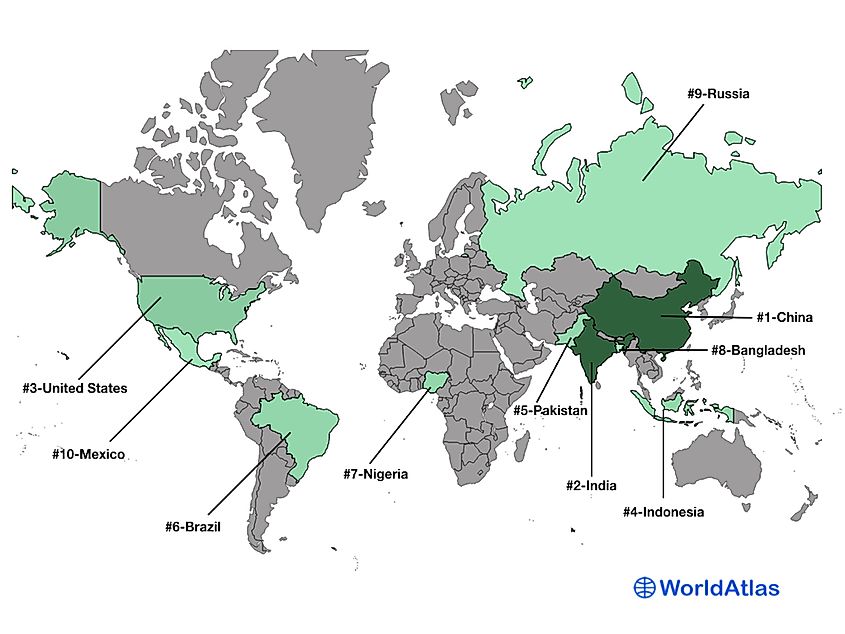
How Many People Are In The US?
With the 2022 population registered at 333,287,557 people, The United States of America is a nation that has experienced significant growth from its humble beginnings. According to the United States Census Bureau, this population is distributed over a sprawling land area with an average of 93.8 individuals per square mile as of 2020. America's power lies in the broad array of its people, spread from coast to coast, each carrying their unique story of origin. In the future, while demographics may change, the USA has always excelled at making the most of the many cultures and people groups which call the nation home, spread throughout its many geographic regions and outlying territories.
A Historical Overview of the US Population

In the annals of American history, population has always been a crucial factor. On July 4, 1776, when the United States declared independence, it was home to an estimated 2.5 million people. The landscape of the nation was significantly different, with most people living in rural areas along the East Coast. A century later, by 1880, America's population had grown to around 50 million, a nearly twenty-fold increase. This period saw a significant westward expansion, influenced by factors such as the Gold Rush and the Homestead Act. By 1980, the US population had ballooned to nearly 226 million, reflecting the impact of a post-WWII baby boom, increased longevity, and near-constant immigration.
The Geographic Spread of the Continental US Population

Diving into the geographic dissection of America's population, it becomes evident that this vast populace is not evenly distributed but congregated in specific areas termed as 'population hubs,' influenced by various economic, social, and environmental factors.
Starting with the Northeast, an estimated 60 million people call this region home. Cities like New York City and Boston serve as significant population hubs, the former being the most populous city in the US. The Northeast has historically been a prime location for early settlers and immigrants, which reflects in its high population density.
Next, the Midwest, often called America's Heartland, houses around 69 million residents. Key population centers include Chicago and Detroit. This region, characterized by its agriculture and industry, saw growth driven by the manufacturing boom in the 20th century.
In the Southeast, approximately 100 million people reside. Atlanta and Miami are among the prominent population hubs in this region. The Southeast's growth can be attributed to its warm climate, booming industries, and increasing urban development.
The Southwest region, home to about 15 million people, includes large population hubs like Phoenix and Dallas. The draw of economic opportunities and a warm, dry climate make the Southwest a desirable place for many.
Finally, the West, home to an estimated 78 million people, includes massive population centers like Los Angeles and San Francisco. The westward expansion during the 19th century and the tech boom in recent decades contribute to its high population.
Where Does The Majority Of The Population Live?
38.3% of Americans live in the South, 23.9% live in the West, 20.8% live in the Midwest, and 17.1% live in the Northeast. The most populated state is California with 39,029,342, followed by Texas with 30,029,572, and Florida with 22,244,823 as per 2023 population estimate data.
District of Columbia is the most densely populated area, with a population of 671,803 and a density of 11,535 people per square mile; the most densely populated state is New Jersey, with a population of 9,261,699 and 1,195.5 people per square mile and Rhode Island, with a population of 1,093,734 and density of 1,018.1 people per square mile.
Population According To Age And Origin
The population has a median age of 38.1 years. Females slightly outnumber males, at 50.8 percent, of the population. 22.8 percent were below 18 years and 15.2 percent were aged 65 and above.
Legal immigrants in the United States total to about 46,627,102 and there are approximately 1,000,000 immigrants entering the country each year. Of these, 20.7 million are naturalized U.S. citizens and 22.6 million are non-citizens. Of the non-citizens, those with lawful permanent residence are about 13.1 million; 1.7 million hold temporary visas; and 11.5 million are unauthorized migrants.
If you were looking at the population in terms of increase, one child is born in the country every 9 seconds but there is one death in every 11 seconds. There is one international migrant coming in after every 44 seconds. Therefore, the population gains one person in total after every 24 seconds.
Populations Beyond the Continental US

While the majority of the United States' population is located within the continental US, it's essential not to overlook the populations residing beyond it. Alaska, the largest state by land area, is home to approximately 733,583 people. Despite its size, its harsh and diverse geography, from arctic tundra to the mountainous wilderness, contributes to its sparse population.
Hawaii, on the other hand, is known for its tropical paradise and has a population of about 1.4 million people. The chain of islands in the Pacific Ocean offers a unique lifestyle that is a blend of various cultures heavily influenced by Polynesian heritage.
Beyond these states, other US territories house populations as well. For instance, Puerto Rico, the most populous US territory, is home to approximately 3.2 million people. Other territories like Guam, the US Virgin Islands, Northern Mariana Islands, and American Samoa have populations ranging from 50,000 to 170,000.
The History of Immigration in the US

Immigration has been a driving force in shaping America's population. From the early days of settlement to the recent decades, waves of immigrants have marked significant eras in US history.
The first significant wave occurred in the 19th century, with immigrants, mainly from Europe, fleeing poverty and seeking opportunities in the 'New World.' This wave dramatically increased the population and shaped the cultural identity of many regions, notably the Northeast.
The early 20th century saw another wave of immigrants, with people from Southern and Eastern Europe contributing to the burgeoning American populace. This period also saw an increase in immigration from Asia, notably China and Japan. Current immigration patterns show a greater diversity of source countries, with many immigrants now coming from Latin America and Asia.
The effects of these immigration waves on US population growth have been profound. They supplemented natural population growth during periods when birth rates were low and replenished the workforce, contributing significantly to economic development.
The Future of the US Population

The aging population is another key trend to consider. As of 2023, the median age of the US population is approximately 39 years, up from 37.2 years in 2010. This upward shift indicates that the proportion of older adults in the US is increasing, with the share of the population aged 65 and older projected to be around 95 million by 2060.
The role of immigration in population sustainability cannot be underestimated. As natural increase (births minus deaths) contributes less to population growth due to declining birth rates, immigration is set to play an increasingly crucial role. Currently, immigrants account for about 14% of the US population, a percentage expected to rise in the coming years.
Projections indicate the US population will continue to grow, albeit at a slower rate. By 2060, the population is projected to reach 400 million. As for diversity, the Census Bureau anticipates the US will become a "majority-minority" nation by 2044, with no single racial or ethnic group making up more than 50% of the population.
How the US Population Compares to Other Countries

When comparing the population of the US with other countries, a clear contrast emerges. As of 2023, China, with its estimated population of 1.41 billion, greatly surpasses the US. However, the comparison takes on a different tone when looking at European countries. For example, France and Germany, two of the most populous countries in Europe, have populations of approximately 68 million and 84 million, respectively, significantly smaller than the US.
But population size is just one aspect. When considering factors such as population density, the US, with its vast land area, stands in contrast to these countries. For example, Germany's population density is around 623 people per square mile, compared to the US's 93.8 individuals per square mile. The difference is simple; the United States possesses 3,533,038 square miles of land area compared to Germany's 134,836.
Conclusion
The strength of the US population lies in its diversity. Each region, each state, and each city houses a unique blend of individuals with varied backgrounds and cultures. As the nation looks toward the future, it faces an evolving demographic profile marked by an aging population, declining birth rates, and increasing diversity. The implications of these trends will be central in shaping the nation's social, economic, and political landscape. As America moves towards becoming a majority-minority nation, it will continue to draw its strength from its most valuable asset: its people.











